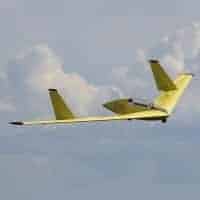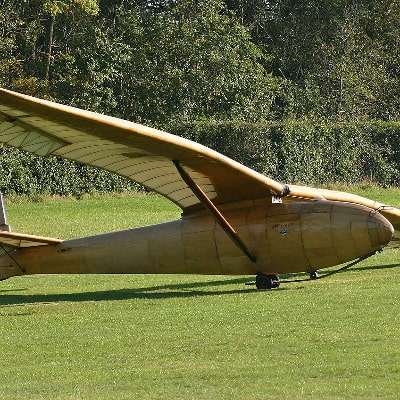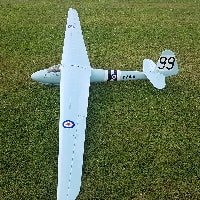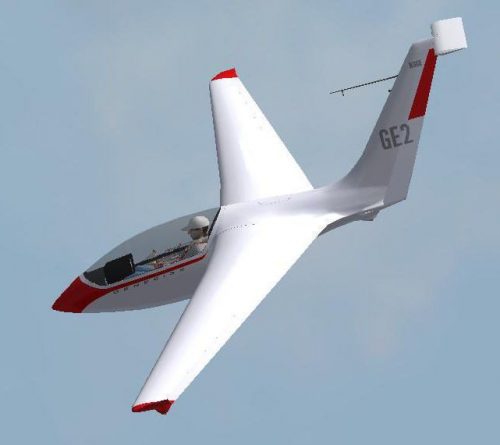SZD 20 Wampire II Flying Wing by Jilles Smits
This aircraft has taken some time to get flying in a manner that I consider to be correct – COG is critical in getting the Wampir to fly.
It is not a model glider that I would recommend for a nervous modeller or pilot. There is quite a comprehensive build thread here with lots of info on setting up. The plan designed By Jilles Smitts has reproduced the very unusual glider impeccably.
The prototype was test flown by Steve Holland whom immediately after landing it said ” I just have to have one of these.”
Scale: 1/3 Wingspan: 5Mtr Weight: 22Lb
Designed for 5 channel radio control.
Video of the maiden flight can be seen here.
And here you can see a video of gliding at “Hells Mouth” in North Wales, some footage of the Wampire can be found in this at 2mins 50secs.
Canopy from Sarik Hobbies





